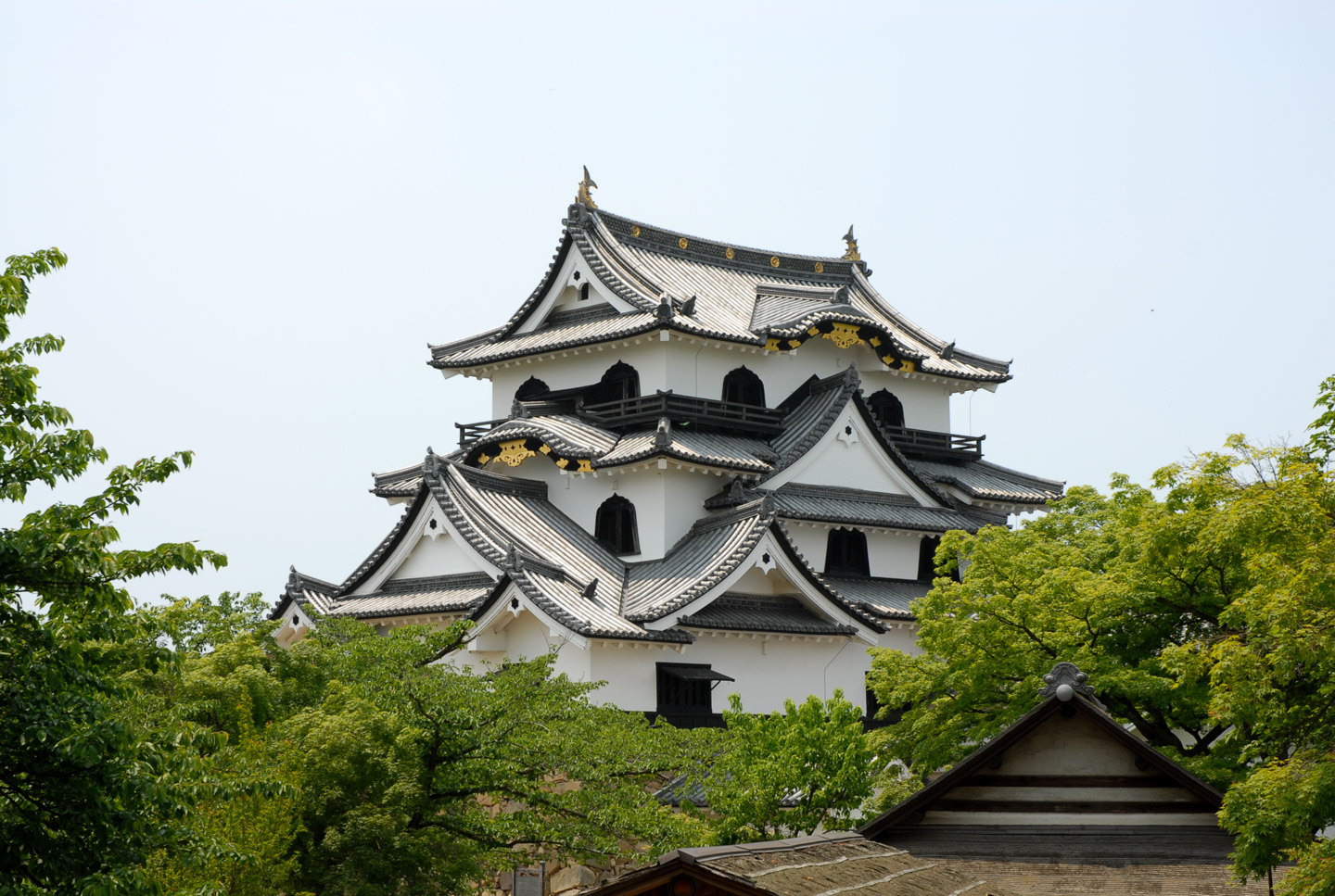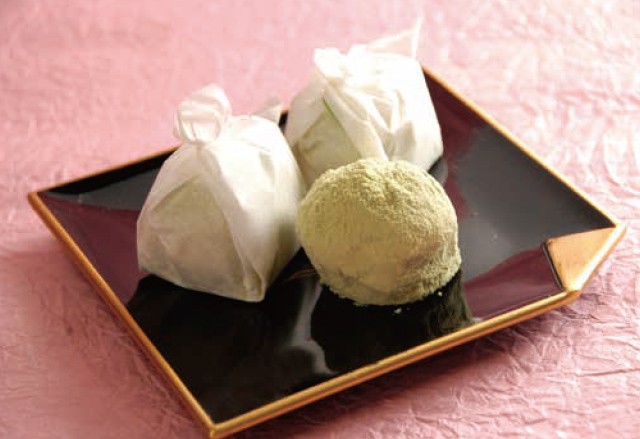Ii Naosuke
Ii Naosuke
A patriotic statesman who paid with his life at the close of the Edo period
place Area: Hikone
access_time Published: 2020.03.12
Name in Japanese: 井伊 直弼
Dates: 1815 to 1860
Ii Naosuke was the feudal lord of Hikone and also chief minister to the Tokugawa shogunate. His rise to national power was unexpected, and he was assassinated for his efforts to steer the nation through its difficult entry to modernity.
Naosuke was born in 1815, the 14th son of Ii Naonaka, feudal lord of Hikone. As the 14th son, Naosuke was not in line for succession, and he spent his early years living within the grounds of Hikone castle. He lived frugally and anticipating a life of scholarship and the martial arts, he immersed himself in Zen, the tea ceremony, and Japanese classical literature. He also played the shamisen.
During this time, he founded a school of the tea ceremony, and after he became the lord of the Hikone Domain, he continued to write on the subject. Naosuke’s tea ceremony emphasizes the spirit of the individuals who take part in the tea ceremony, and the importance of experiencing the “thusness” of a unique moment. No matter how many times you have tea with the same people, if you recognise that today’s ceremony is an encounter that will never be repeated, it becomes a once-in-a-lifetime occasion.
The turning point came for Naosuke at the age of 32. By a strange coincidence of adoptions and deaths, Naosuke was suddenly in line for succession as leader of the Ii clan. He became lord of the Hikone Domain in 1850.
In 1853, the American Commodore Perry arrived and the Shogunate was rocked by the issue of how to conduct diplomacy with aggressive external powers. At the same time, radical samurai in certain domains began calling for the overthrow of the Shōgunate and restoration of the Emperor to supreme power. Matters were further complicated by the question of who among several undesirable candidates would become the next Shōgun.
The Hikone lords had always served as advisors to the Shōgun. In 1858, Naosuke was named chief minister. He had responsibility for negotiating with the Americans a treaty that would avert the worst of their imperial ambitions without Japan suffering complete collapse as China had recently. Any agreement was unlikely to satisfy any party. With the realistic fear that unless he did so, the whole of Japan would come under attack, Naosuke signed an unequal Treaty of Amity and Commerce not only with America but with other European countries. The radicals condemned this as a surrender of national sovereignty. As part of the agreement, the fishing of village of Yokohama was opened to foreign ships.
In his struggle to have a young and easily influenced Shōgun appointed next, Naosuke undertook a purge of his opponents among the higher-ranking lords. Several were executed and others were forcibly retired. While this cowed their peers, it only inflamed the anger of lower-ranking samurai, and on March 3, 1860 Naosuke was attacked and killed by samurai from the radical imperial faction, seventeen from Mito and one from Satsuma, outside the Sakurada Gate of Edo Castle.
The Shōgunate was taken by surprise by his murder, and his death wasn’t announced until several months later, after they had faked an illness and his resignation. Naosuke was buried in the temple of Gōtoku-ji, in Setagaya, Tokyo.
The imperial faction ultimately prevailed in 1868 and imperial rule was restored, ending the Edo period and marking the start of the Meiji period. Thanks to Naosuke’s attempts to preserve the then legitimate government of Japan, the Ii clan fell into disgrace, at least outside his home region, and the huge city of Yokohama. More recently, his efforts to safeguard an unprepared Japan from more militarily advanced powers have come to be recognised. Realistic statues of Naosuke can be seen in and around Hikone Castle where he spent his youth, and in a park in Yokohama.

